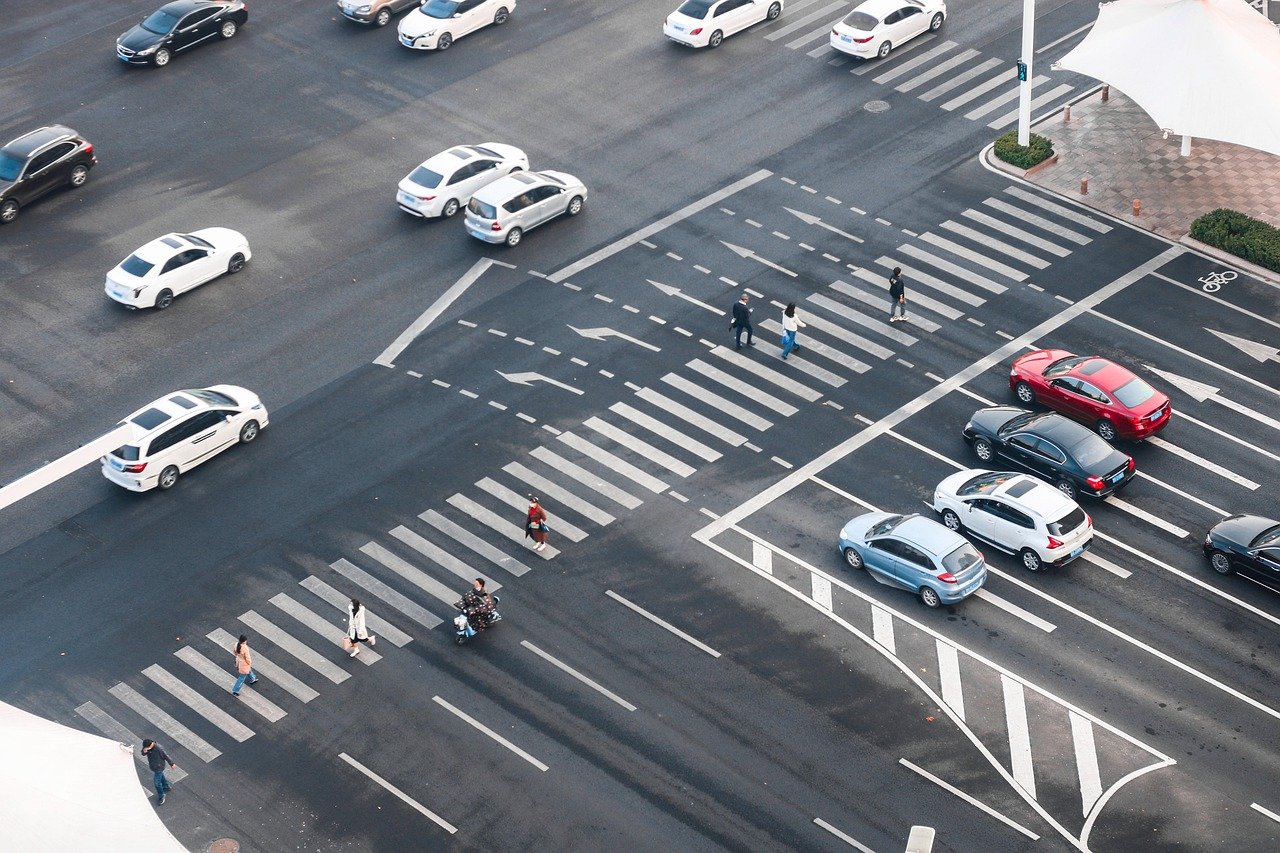
In 2025, Toronto's busy intersections look a little smarter. After years of testing and public consultations, Canada’s largest city has fully rolled out its AI-based adaptive traffic signal system, a bold leap into the future of urban mobility aimed at reducing congestion and emissions.
The initiative, branded as the Toronto Smart Flow Network (TSFN), is now operational in over 400 intersections across the downtown core and suburban arteries. Powered by machine learning algorithms and real-time sensor data, the system adjusts traffic light patterns dynamically based on live traffic volume, pedestrian activity, and even weather conditions.
“We’ve seen commute times cut by up to 22% on major corridors,” stated a City of Toronto official during the program's mid-year performance review.
The smart signals use a network of cameras, inductive loop sensors embedded in the pavement, and AI models trained to recognize traffic trends. Unlike traditional fixed-time systems, TSFN continuously evaluates congestion levels, adjusting signal phases in real time.
For example, if a sudden build-up of vehicles occurs on the Don Valley Parkway off-ramp to Bloor Street, the system might grant a longer green phase for the exit lane, preventing a bottleneck before it happens. On rainy days, pedestrian walk phases are extended, accounting for slower crossing speeds — a feature especially welcomed by seniors and people with disabilities.
The rollout is a joint effort between Toronto's Transportation Services division, local tech startups, and university researchers. The University of Toronto’s Transportation Research Institute played a critical role in model development, while local company NuviaLink provided the computer vision systems now perched discreetly above intersections.
Citizens have also had their say. During a series of “traffic town halls”, residents were invited to propose problem intersections. This input directly influenced which areas received priority installation.
While reduced commute times were the program’s main goal, several other advantages have emerged:
Not everything has gone smoothly. In the early days of the rollout, the AI system struggled with construction detours and non-standard intersections like roundabouts, where vehicle behavior is less predictable. A few neighbourhoods reported inconsistent pedestrian crossing times, prompting software updates to recalibrate models.
Another challenge: privacy. While traffic cameras do not store facial data or license plates, advocacy groups voiced concerns. In response, the city published an open-access data policy and pledged annual audits.
Expansion is already underway. By the end of 2025, an additional 250 intersections in North York, Scarborough, and Etobicoke are scheduled for integration. Plans are also being explored to integrate with ride-sharing apps like Uber and Lyft, allowing these platforms to communicate directly with traffic systems to optimize routing.
Meanwhile, Hamilton, Mississauga, and Ottawa are closely watching Toronto's results, with similar pilot programs in early stages of development. If successful, Canada could see a nationwide wave of AI-optimized urban infrastructure in the coming decade.
Final Thought: As cities become more crowded and carbon targets more pressing, technology like Toronto’s smart traffic system may not just be an upgrade — it could be a necessity. With machine learning adjusting traffic in real time, the future of commuting might just feel a little less like a grind, and more like a glide.